Architect: description of the profession, what does he do and how to become one?
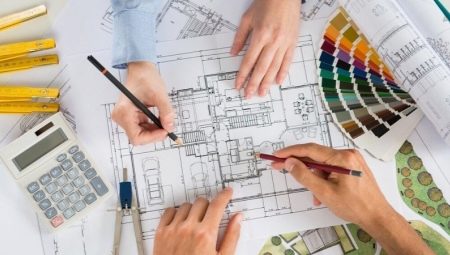
The very word "architect" sounds attractive. But for those choosing the path of life, it is useful to study a full description of the profession. Then it will become clear exactly what an architect does, and how exactly to become one.

Description
The history of architecture goes back to the distant past. And it is unlikely that it will be possible to establish exactly when the first professionals appeared who thought over the general concept of various buildings and structures. One thing is certain: the specialists who built the pyramids and other impressive ancient structures relied on the long experience of their predecessors. Initially, the architects tried to do more than just come up with the most beautiful house, as is often believed. They created a whole ensemble, trying to fit individual buildings into it..
Over the past centuries, work in the architectural field has changed significantly. The toolkit that can be applied has grown enormously. The requirements for the quality of the finished project have also increased. But as before, the main activity of architects is to think over complete development complexes.... This specialist differs from the engineer in that he works much more creatively. On the other hand, an engineer can design various technical and auxiliary structures, while an architect focuses exclusively on residential and public buildings. The difference that separates architect from builder is even more transparent.
An architect only comes up with certain concepts, tries to bring them to life, involving a foreman and civil engineers.And those who split the idea into parts and consistently bring these parts to the direct builders.
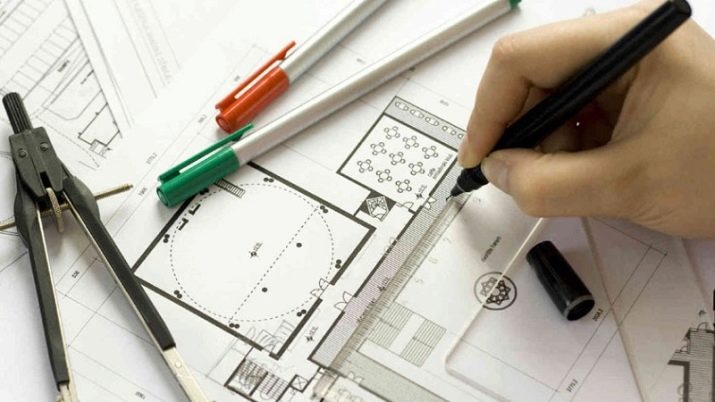
What kind of architects are there?
A conversation about the varieties of this field of activity should start with urban planners... These are "rare birds", moreover "high flying". It is they who set the basic tone in the development of the industry for years and even decades. It is their names that come to the minds of the inhabitants of any country in the first place when the word "architect" is used. Designers of large urban objects (urban dominants and simply imposing buildings) are only slightly inferior.
Exists design architects... They focus on the technical execution of the building and its infrastructure. Closely related to this specialty are not only civil engineer, but also electrical engineer, mechanical engineer. It is up to these specialists to decide together what the thickness of the walls and floors will be. And how to do everything so as to get the desired result, keeping within the estimate. Industrial architects, although they can no longer make a big name, as 50-100 years ago, they remain extremely in demand. After all, any industrial enterprise must be carefully thought out and equipped. And one of the latest trends was the emergence of landscape architecture. They try to apply her approaches not only in cottages, but also in large cities. The development of technology also changes a lot in the profession.
So, quite a relevant direction has become architecture of virtuality... It aims to create the most realistic and user-friendly spaces. But experts in this area think not so much in kilograms, meters and degrees, as in megabytes, meticulous detail and thoughtful algorithms. Virtuality architects must do everything so that the effect of total immersion is created. And here information systems architect it has nothing to do with construction, even virtual, at all. He just does his best to keep software systems running smoothly and in the most rational way possible.
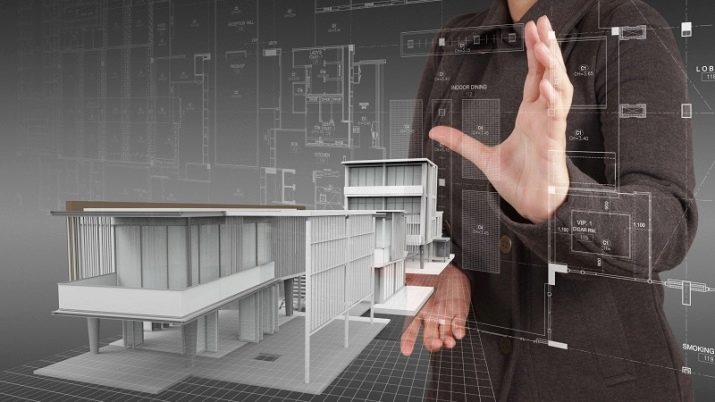
Pros and cons of the profession
The description itself shows that this is quite a prestigious job. And its demand in the labor market is quite high. As long as people build at least something on a large scale, architects will also be needed. As the economy moves forward, albeit at a slow pace, the need for their work will only expand.
The very activity in this area is creative and excellent for self-realization.
Additionally, you can note:
- good career prospects;
- pretty solid wages;
- increased responsibility;
- stressful nature of work;
- increased responsibility;
- the need to constantly improve their skills;
- relatively low income, until a name and customer base have been developed.

Responsibilities
Of course, each job description prescribes its own norms and requirements for an architect. But in general, this professional sphere has long been established. A specialist in the field of architectural design not only develops the project itself, but also directs the preparation of construction documentation in accordance with it. He will also be busy with architectural supervision. The tasks of an architect-urban planner are somewhat different, and you will have to develop master plans and apply them creatively.
A landscape architect is engaged in the creation of:
- gardens;
- large parks;
- personal plots around various cottages;
- green space adjacent to apartment buildings and non-residential buildings.
Also, the architect, depending on the specialization, does other types of important work:
- draws up regulations in the professional field;
- monitors their implementation in construction practice;
- provides restoration of monuments of architecture, history and culture;
- trains and examines future architects;
- carries out an examination of projects, finished and unfinished buildings, completely or partially destroyed buildings;
- determines what the houses will be like, not only outside, but also inside;
- achieves the comfort of finished buildings, compliance with sanitary and hygienic and fire safety standards in them.
Other points are also prescribed in the job descriptions. Thus, architects are often expected to know the basic social properties of the objects to be built or restored.
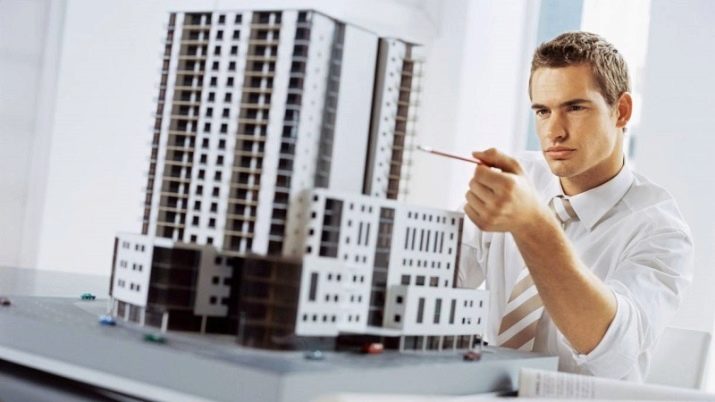
It is important to take into account the latest Russian and foreign experience in the design, construction and reconstruction of buildings (structures). Of course, an architect must be aware of current technologies and methods of construction work, the features and capabilities of modern construction equipment. He is obliged to connect and coordinate different parts of projects.
The rights of architects in most job descriptions are characterized as follows:
- familiarity with management decisionsinfluencing their activities;
- referring to the manual with suggestionsto improve performance;
- requesting supervisors to help carry out their functions, in explaining job responsibilities and practical tasks;
- attraction of specialists and other employees of structural units for consultations;
- retrieval of documents, materialsthat are necessary for normal operation.

Required qualities and professional skills
It is quite clear that in order to fulfill his duties, an architect needs to know a lot of different things. Suffice it to say that one of the lists contains 325 characteristics that this professional must meet. An obligatory feature for him is the so-called figurative visualization. It's about the ability:
- present a vivid image of the object mentally;
- turn at different angles;
- look as if inside;
- split an object into parts;
- change and rearrange, remove and add these parts.
But the demands cannot end there. A good architect can quickly come up with a wealth of ideas.... Even if its volume seems frightening, gradually he and other specialists will figure out what is really valuable and important and what is not. At an early stage of the work, neither the quality, nor the content, nor the originality of ideas are assessed. What interests you only and exclusively is that there are enough of them for subsequent elimination.
The designer of residential and public buildings must also be a master of deduction. Only the impeccable application of general rules to specific cases can you achieve success.
Of course, one has to work with vast amounts of information, with a rapidly changing environment. And here the computer turns out to be an absolutely irreplaceable assistant.

A professional architect needs at least to own:
- the basics of its customization and debugging for individual needs;
- the ability to select, install, update and remove programs;
- graphic editors;
- special software for visualization;
- design programs;
- information search skills;
- text editors (for preparing extensive documents and for familiarizing yourself with documents received from someone else).
But the architect still has to understand physics and mathematics. Without these sciences, it is impossible to design a reliable and stable building, to determine its compliance with certain parameters.
Modern houses and public buildings are saturated with technical infrastructure, and you have to take into account that everything is properly debugged, so that it works without interruptions. But sometimes it is necessary to take into account the chemical properties of individual materials and substances. Without natural sciences and mathematics, it is difficult to deal with such important points as:
- strength of materials;
- fire resistance;
- bearing capacity of structures;
- specific heat;
- features of the soil structure;
- distribution of pressure on the underlying structures;
- characteristics of ventilation, water supply, elevators;
- optimal level of illumination in various places.
In architecture, there is nothing to do for those who cannot draw. And not only on the computer, but also purely physically... However, you will not have to draw anything, but subject your pencil to the strict requirements of strength and safety.
It is imperative to master technical drawing. And it is better to master drawing, drawing before entering the Faculty of Architecture.
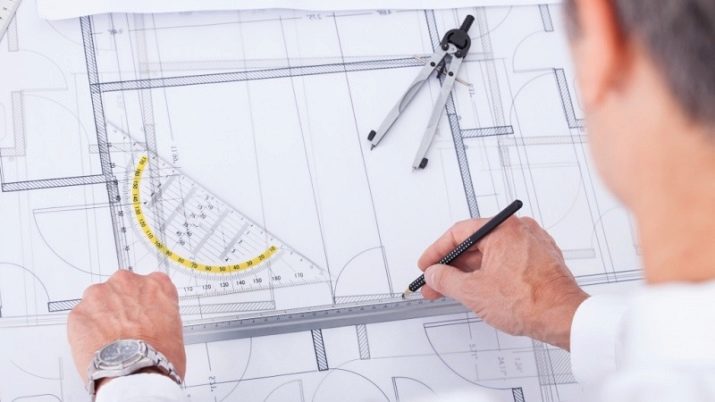
Education
What subjects do I need to take upon admission?
The list of subjects that you need to pass in order to enroll in the specialty of an architect can vary greatly depending on the specific educational institution and its program. In any case, you need to focus on higher education. Only universities and institutes provide the required quality of training. Graduates of a secondary educational institution will not be seriously considered by professionals.
Design Architects and Landscape Architects will have to take the most often:
- Russian language;
- literature;
- history;
- creative competition.
Admission is possible after the 9th and after the 11th grade. But "full-fledged" architecture (residential and industrial, public buildings, restoration) will require a different preparation. For such specialties, they pass:
- Russian language;
- mathematics;
- history (in other versions - computer science);
- creative tests.

Where and for how long to study?
Future architects are trained in a variety of higher educational institutions. The study lasts five years.
There is a specialty of this kind in the following institutions:
- Volgograd Technical University;
- State University of Sevastopol;
- State South Ural University;
- Moscow State University for Land Management;
- Federal University of the Far East;
- UrFU;
- RUDN University;
- Moscow Art Institute named after Surikov;
- St. Petersburg Institute of Painting named after Repin;
- Moscow University of Civil Engineering;
- Moscow University of Geodesy and Cartography;
- State University of Kuban;
- Pacific State University;
- Voronezh Technical University;
- Siberian Federal University;
- Smolensk State University;
- Astrakhan Technical University;
- Southwestern State University;
- Vologda State University.
Regardless of the chosen educational institution, it is better to set yourself up for persistent educational preparation. 5 years is not so much, considering how much you have to master. And the situation in the professional sphere will not stand still.
It is enough just to name a few positions:
- preparation of technical documentation;
- familiarization with it;
- calculation formulas;
- environmental standards;
- sanitary requirements.

How much does he earn?
The average monthly salary for an architect in Russia ranges from 30,000 to 180,000 rubles. Specific figures depend, of course, not only on the region, but also on the length of service, the level of training, the field of activity and the current economic situation. In Moscow, an architect receives a minimum of 40,000 rubles. You should be prepared that at the very beginning of your career they pay a noticeably lower amount. As professional development and credibility increase, income will gradually increase.
Recent data show the following regional income distribution for architects (on average):
- Moscow - 60 thousand;
- Voronezh, St. Petersburg about 50 thousand;
- Novosibirsk, Krasnodar - from 40,000.
Career growth and prospects
It is not only in a construction company that you can take up the position of an architect. Similar specialists, and even without experience, are in demand in such structures:
- organizations involved in restoration and overhaul;
- organizations involved in the examination of buildings and structures, the quality of construction and repair;
- architectural bureaus;
- design studios;
- the field of freelancing and private entrepreneurship (usually work on private orders);
- bodies of state power and local self-government;
- special educational institutions.
It is helpful to have a design or construction background in order to become an architect with this education. The path from assistant to respected specialist usually takes 5-7 years.
For your information: engineers and construction technologists, instead of a full-fledged separate education, can get by with refresher courses. In any case, you will have to build up a reputation slowly and painstakingly.
Not only vertical, but also “horizontal” mobility is possible, that is, moving to a larger company or moving to places where there are more interesting projects.







